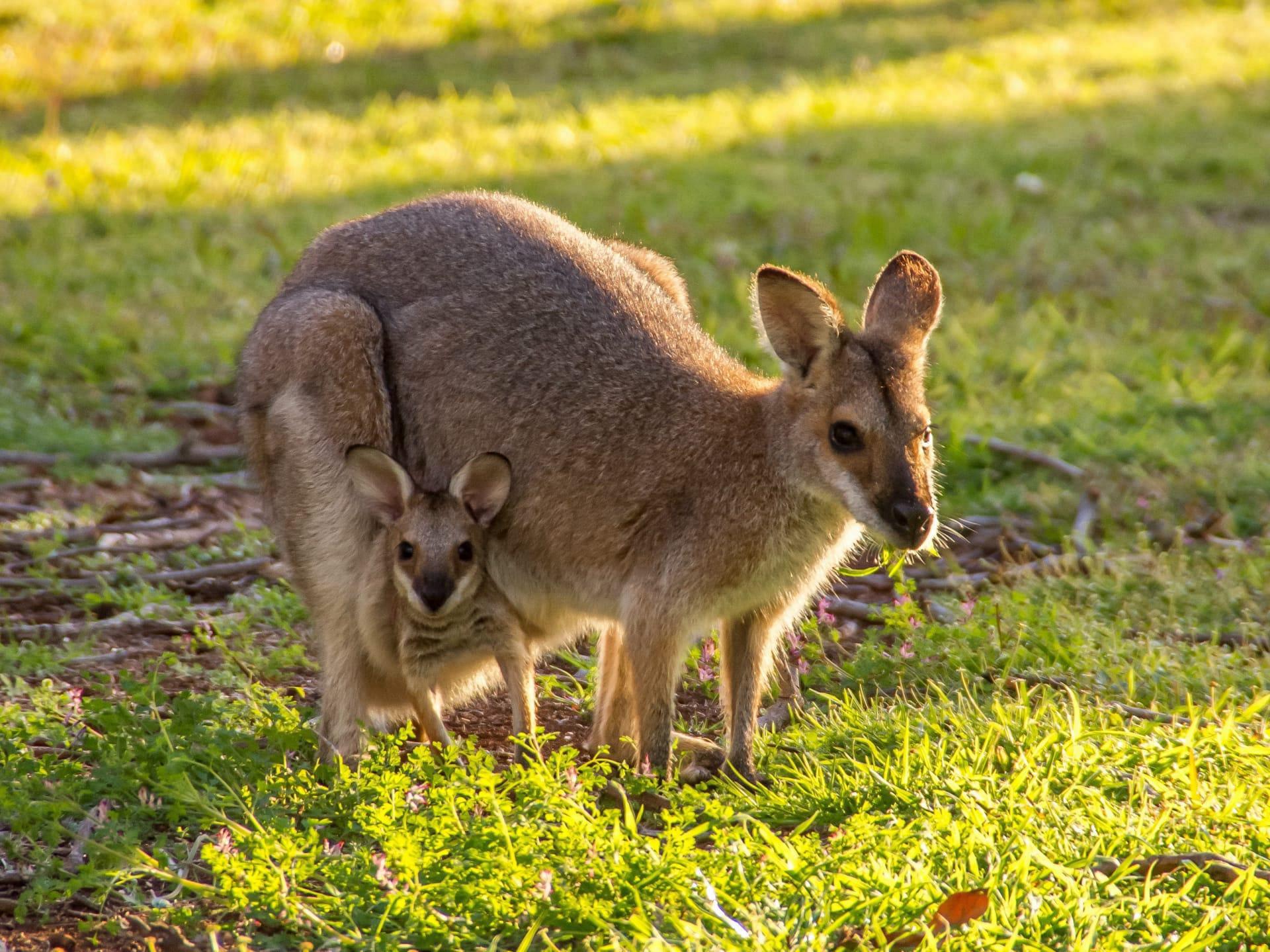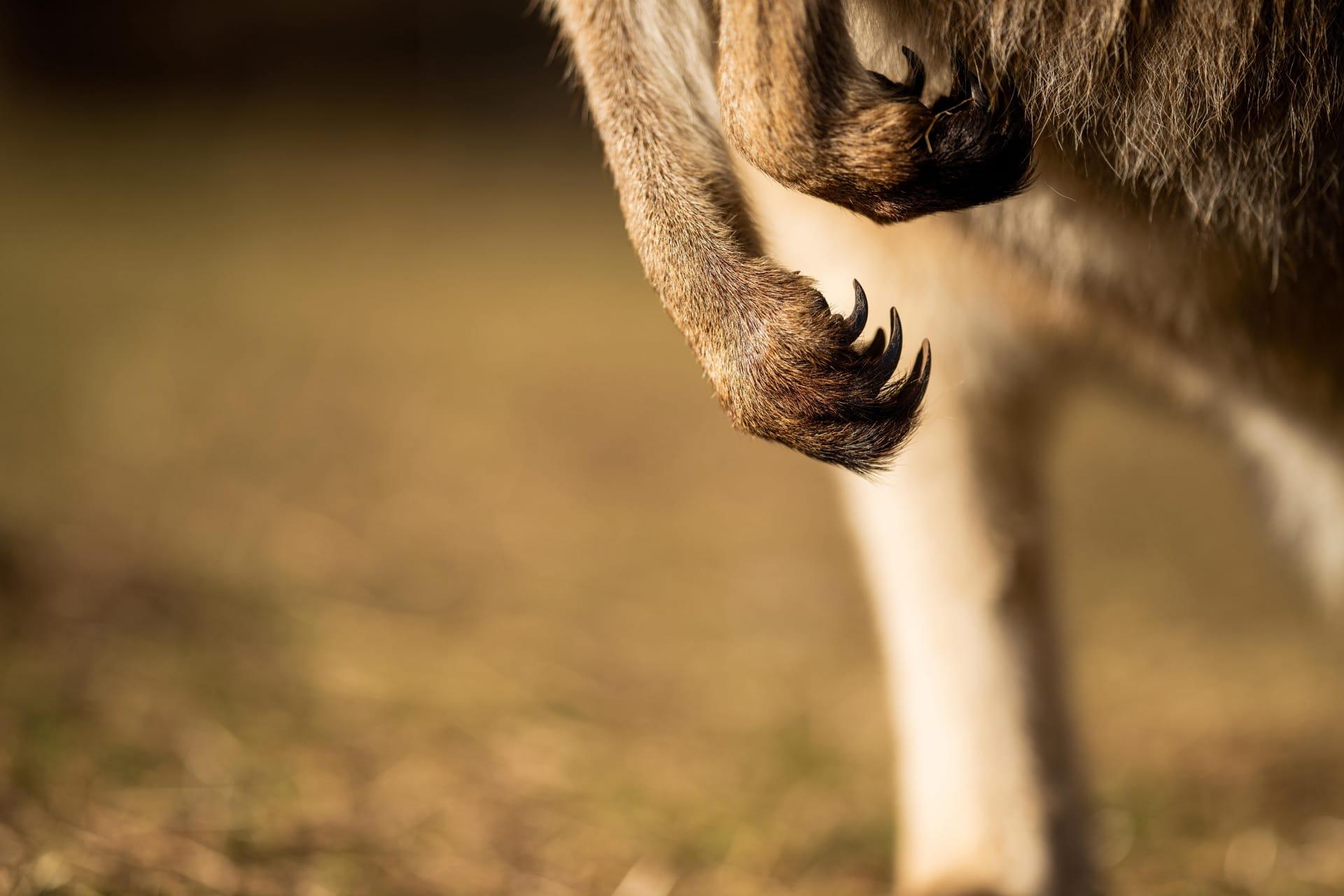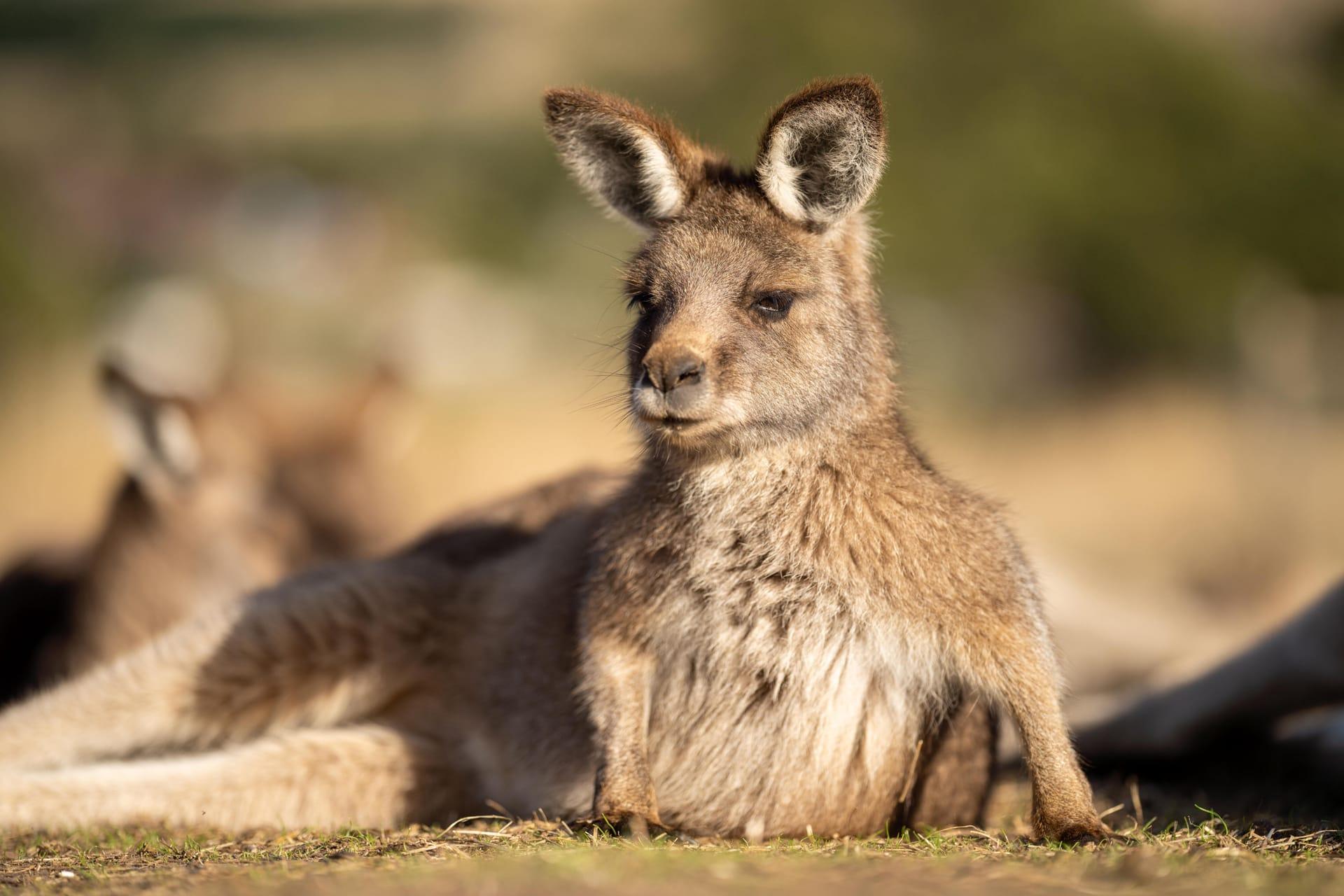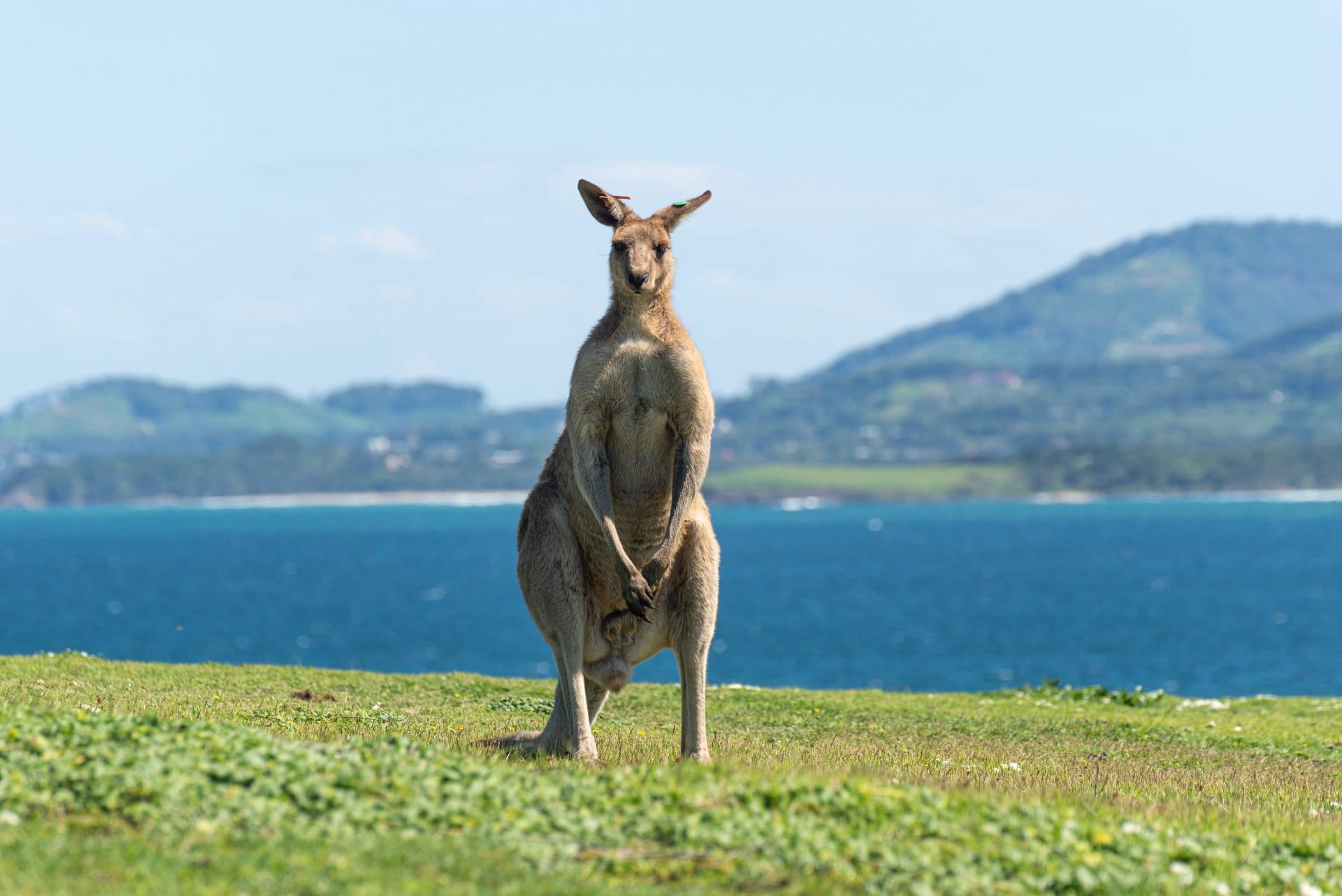Kangaroo
- Home /
- Mini Encyclopedia /
- Animal /
- Kangaroo
1
Kangaroos, intriguing marsupials native to Australia, are classified into four main species: the Red Kangaroo, Eastern Grey Kangaroo, Western Grey Kangaroo, and the Antilopine Kangaroo. The Red Kangaroo, the largest, can stand up to 6 feet tall and weigh around 90 kilograms. Eastern and Western Grey Kangaroos are slightly smaller, with Eastern Greys weighing up to 66 kilograms. The Antilopine, often overlooked, is similar in size to the Grey Kangaroos but with a more slender build. Each species exhibits unique fur colors, from the rich reds of the Red Kangaroo to the softer greys of the Eastern and Western Greys.
Kangaroos are predominantly found in Australia, with each species favoring different regions. The Red Kangaroo inhabits arid and semi-arid central Australia. Eastern Grey Kangaroos are more common in the fertile eastern part of the continent, while the Western Greys are found in the southern parts of Australia, including parts of Western Australia and South Australia. The Antilopine Kangaroo prefers the northern monsoonal areas of Australia. Their habitats range from woodlands and scrublands to grasslands, adapting well to the varied Australian landscapes.

2
Question: Do kangaroos really carry their joeys in their pouches for their whole lives?
Answer: Contrary to popular belief, kangaroos do not keep their joeys in their pouches throughout their lives. The pouch serves as a nurturing space for the newborn joey, which is the size of a lima bean at birth. It crawls into the pouch, where it latches onto a nipple and continues to develop. After about 4 to 6 months, the joey starts to explore outside the pouch but returns for feeding and protection. By 8 to 11 months, joeys are typically independent and leave the pouch for good. This pouch time varies slightly among different kangaroo species.

3
Kangaroos have developed remarkable survival strategies to thrive in the diverse and often harsh Australian environment. Their strong hind legs and large feet are not just for powerful hopping; they are also adapted for efficient water conservation. Kangaroos can travel vast distances without drinking, obtaining moisture from their diet. Moreover, their unique hopping, which increases in speed and efficiency as they gain momentum, is an energy-saving mode of transportation across the vast Australian outback.
Another notable strategy is their reproductive process. Female kangaroos have the extraordinary ability to delay the birth of their young if environmental conditions are unfavorable, a phenomenon known as embryonic diapause. This ensures the survival and well-being of both the mother and the offspring during periods of drought or scarce food resources.

4
In the ecosystem, kangaroos play a vital role in balancing natural habitats. They are primary consumers, feeding mainly on grass and leaves, which helps in maintaining the grassland and forest understorey. This feeding behavior controls the overgrowth of vegetation, reducing the risk of bushfires, a significant concern in the Australian landscape. By grazing, kangaroos also promote the growth of new vegetation, contributing to the health of their habitats.
Kangaroos also serve as a key species in the food chain, supporting a variety of predators. In the wild, they are preyed upon by dingoes and large birds of prey. Their existence ensures a balanced ecosystem, where predator and prey dynamics maintain the natural order. Moreover, kangaroo droppings enrich the soil, enhancing its fertility and supporting plant growth. This process further contributes to the health and sustainability of the ecosystem they inhabit.

5
Film: "Kangaroo: A Love-Hate Story" (Australia, 2018). This documentary delves into the complex relationship between Australians and kangaroos. It explores the controversial subject of kangaroo culling and the industry surrounding it, offering insights into the cultural and ecological implications of this practice.
Book: "Kangaroo" by John Simon. Published in the United States in 2017, this book offers a comprehensive look at kangaroo biology, behavior, and their role in the Australian ecosystem. Simon's engaging narrative combines scientific facts with compelling storytelling, making it accessible to a broad audience.
Book: "The Kangaroo Chronicles" by Marc-Uwe Kling (Germany, 2019). A unique blend of humor and environmental commentary, this novel tells the story of a man living with a talking kangaroo. Through witty dialogues and satirical observations, Kling addresses environmental issues and the human impact on nature, using the kangaroo as a symbol of wildlife conservation.